
Rediscovering Japan

Rediscovering Japan
Travel (Unno-Juku (Nagano))

by tomizuta
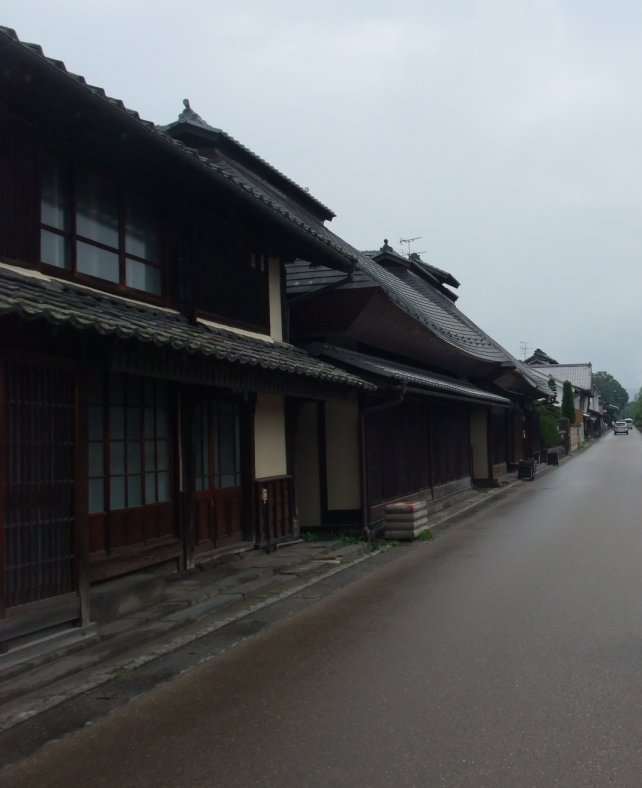
Row of lodgings at Unno-Juku
Unno-Juku is a lodging village, in Northern Nagano, and its row of historical
lodging houses has been designated as an Important Preservation District
for Groups of Historic Buildings.
On these roads, sign posts were erected every 4 kilometres, and lodging
(Shukuba) every 8 kilometres (although depending on the location the interval
could be as much as 16 kilometres) to assist the travelers.
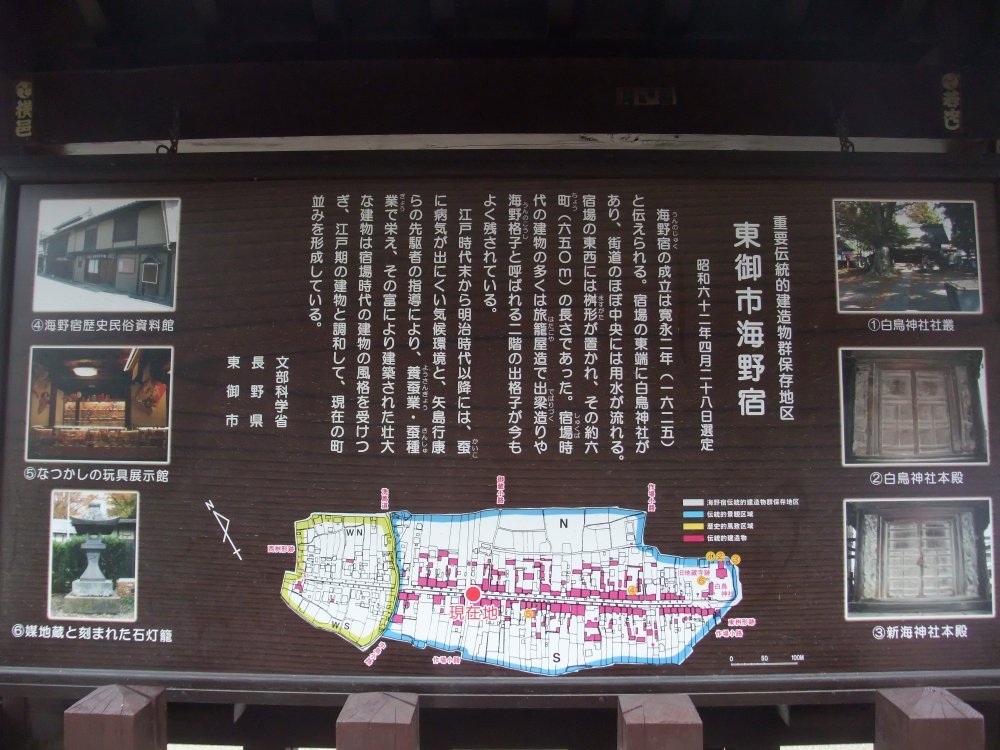
Poster explaining Unno-juku. You can see the lodgings marked by red on both sides of the main road in the map at the bottom. Top left is the museum in the middle of Unno-juku
Unno-juku is located on a major road called Kitaguni Kaido, ranking after
the five main roads. Kitaguni Kaido stemmed off from what is now Karuizawa
(Nagano) from Nakasendo to the north towards Niigata.
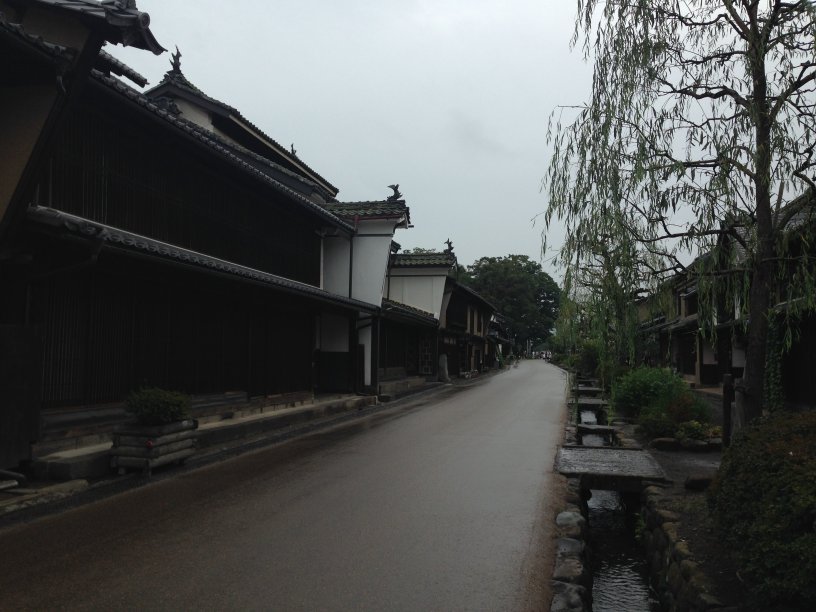
Main road of Unno-juku. Note the fabulous udatsu on the buildings on the left side
There is a museum in the middle of the Shukuba, worth visiting. The museum
displays the lodging rooms as well as antique ornaments and tools owned
by the former owners.
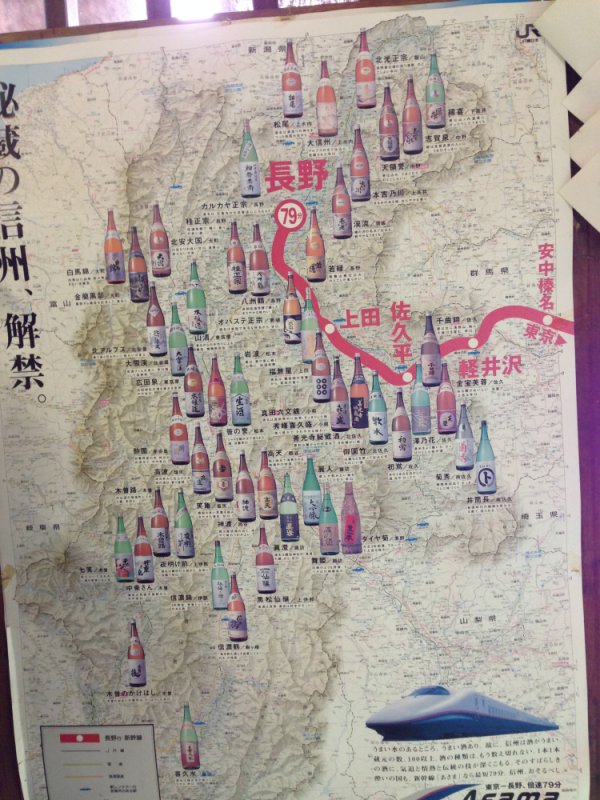
Map introducing the numerous breweries in Nagano prefecture
I will write more on Sake in Nagano
prefecture, but it is worth noting that Nagano is one of the top brewing areas
in Japan.
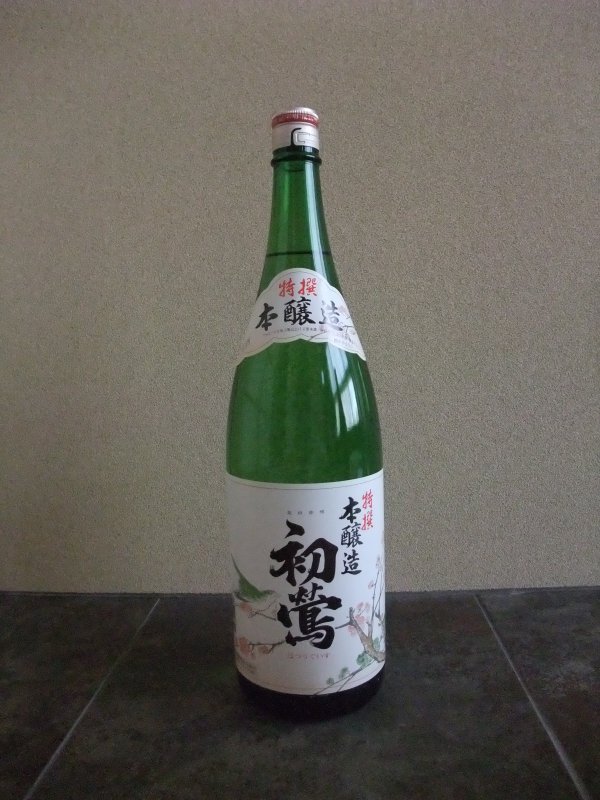
1.8 litre bottle of Hatsuuguisu honjozo from Saku on the left.
And about 7 kilometres west of the town
centre but within Saku city is another minor former Shukuba called Motai-juku.
Although there is not much reminiscence of the lodgings, there are two
breweries in the hamlet also worth visiting.
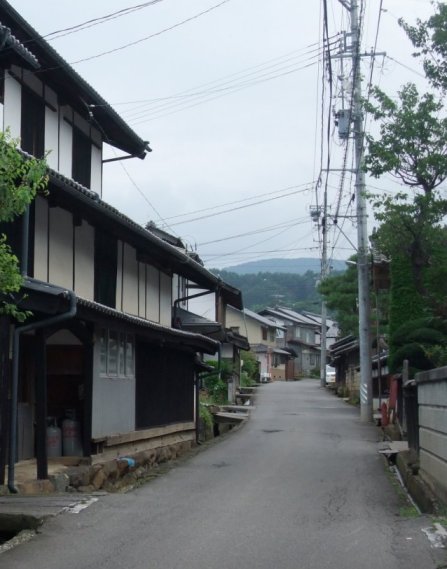
Poster showing map of Motai-juku
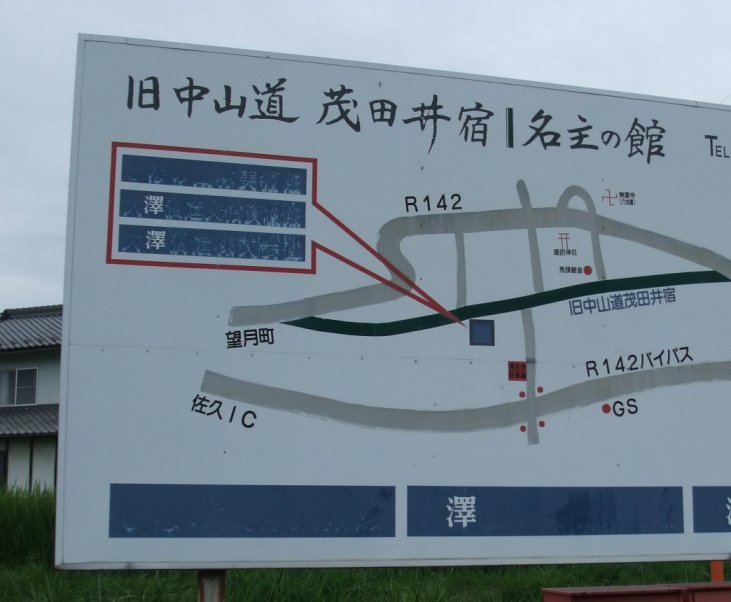
Motai-juku. Not many lodgings are left.
They sell brands called Zenkoji-Hizoushu (Secret Sake of Zenkouji Temple,
an ancient and most popular temple in Nagano city) and Misonotake, both
very drinkable and worth a try.
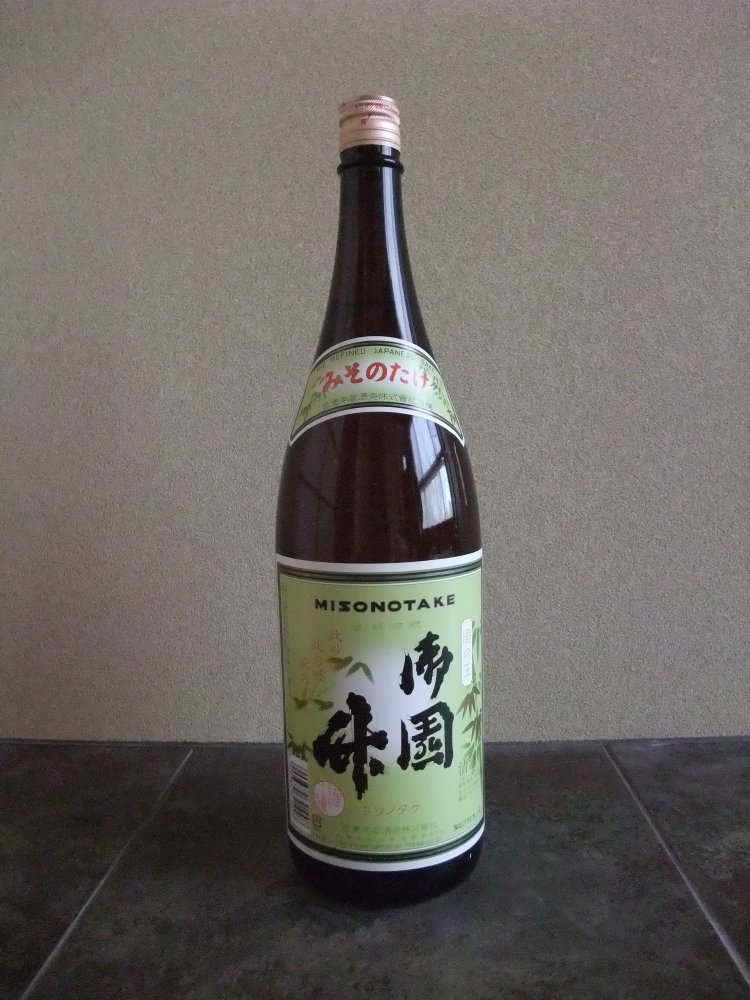
1.8 litre bottle of Misonotake brewed in Motai-juku